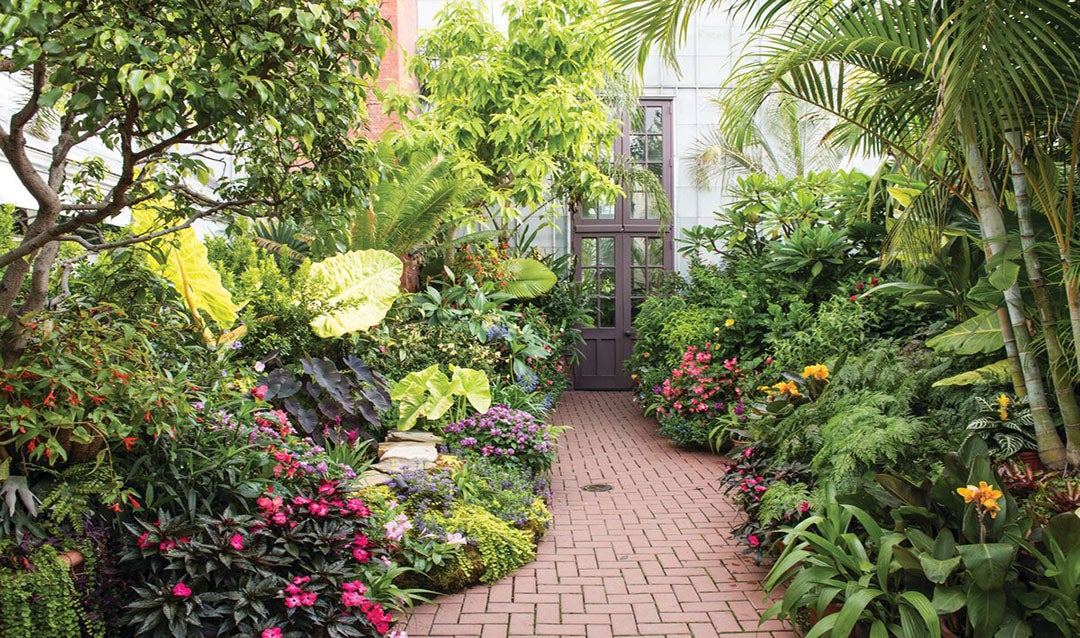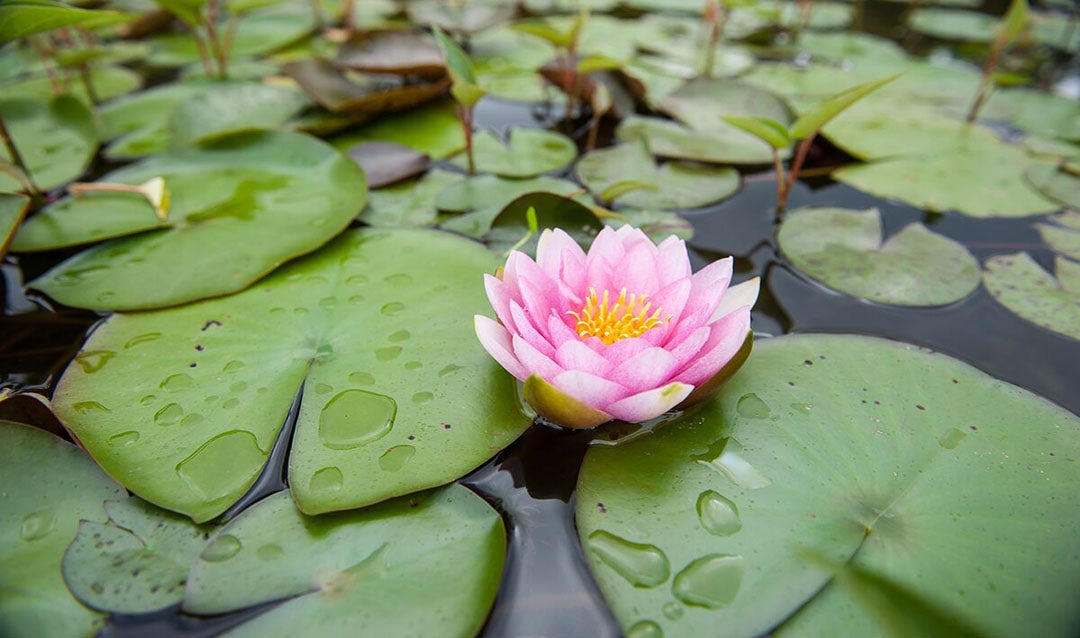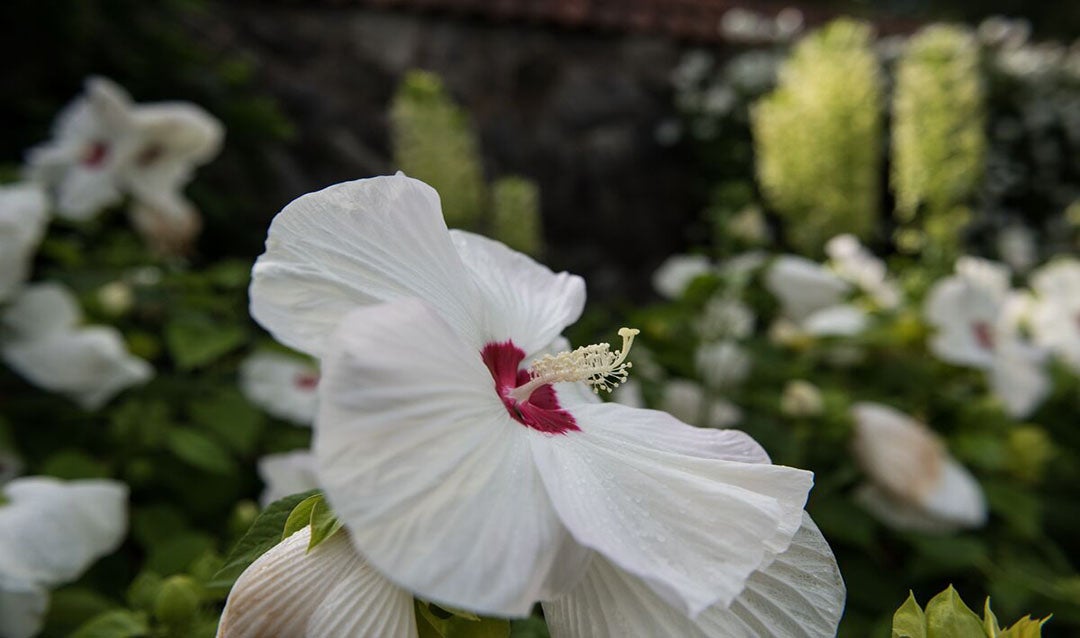Biltmore’s Winery is the most visited in the country, producing about 150,000 cases of wine annually. Our award-winning wines are available on the estate and also distributed across the country and even online.
Let’s take a moment to reflect on how we got here. And as it turns out, the Winery’s tradition of evolution is even older than the Winery itself.
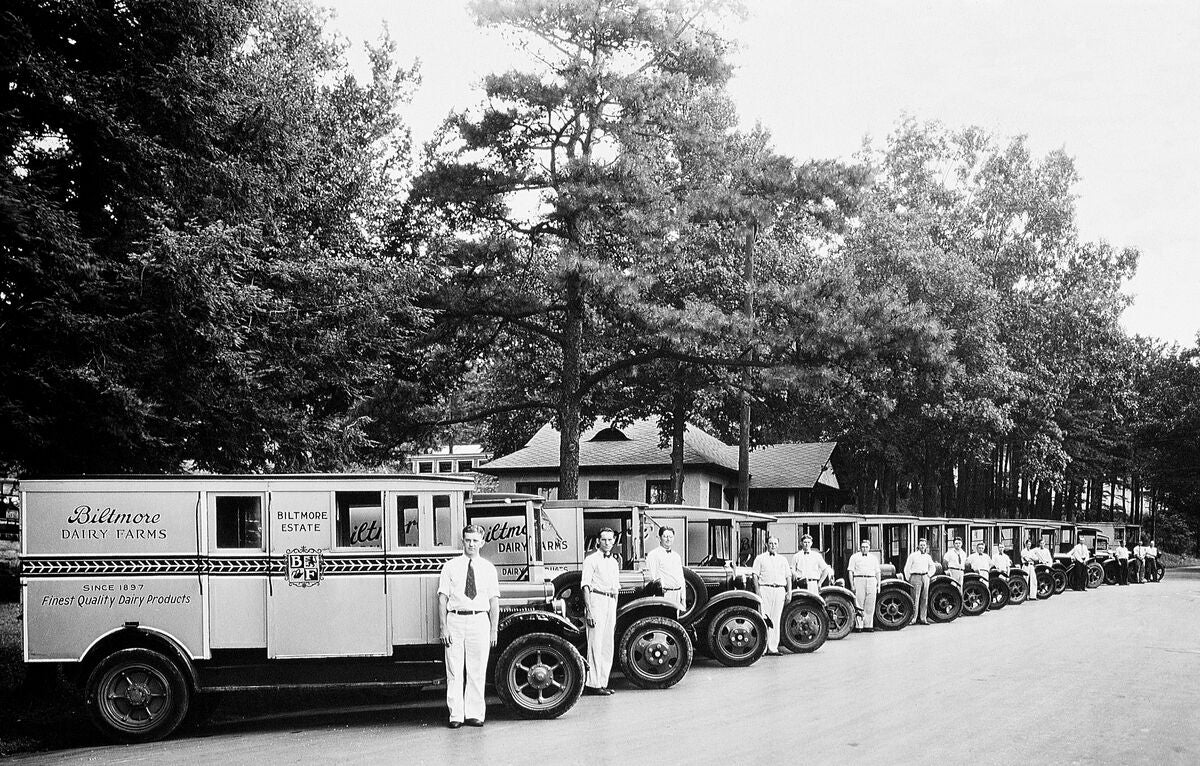
Biltmore Dairy milkman and delivery truck, 1930-1940s
The Days of Biltmore Dairy
Before it became the Winery in Antler Hill Village, the century-old structure was the main dairy barn for Biltmore Dairy. Designed by Richard Howland Hunt, son of Biltmore architect Richard Morris Hunt, and farm manager George Weston, the barn accommodated 140 cows for one of the largest dairy operations in the Southeast.
Biltmore Dairy was the most successful of all of Biltmore’s enterprises, providing the estate with a financial cushion that would see it through George Vanderbilt’s death, two world wars, the Great Depression, and beyond.
After Biltmore House opened to the public in 1930, guests could view the milking rooms and processing areas in the dairy barn, sample the milk, and buy ice cream. Biltmore Dairy was so successful and its products were so well-known that it became an attraction in its own right for estate visitors.
It was around this time that the dairy’s delivery wagons were replaced with trucks and the fleet grew from 30 vehicles to over 400 in just 15 years.
Unfortunately, the market gradually shifted and, like many other smaller, family-run businesses at the time, Biltmore Dairy became unable to compete with larger commercial operations. With the advent of chain grocery stores came a cheaper, more convenient option for consumers to purchase milk, eventually making door-to-door dairy delivery obsolete. In April of 1985, Biltmore Dairy was sold to Pet, Inc.
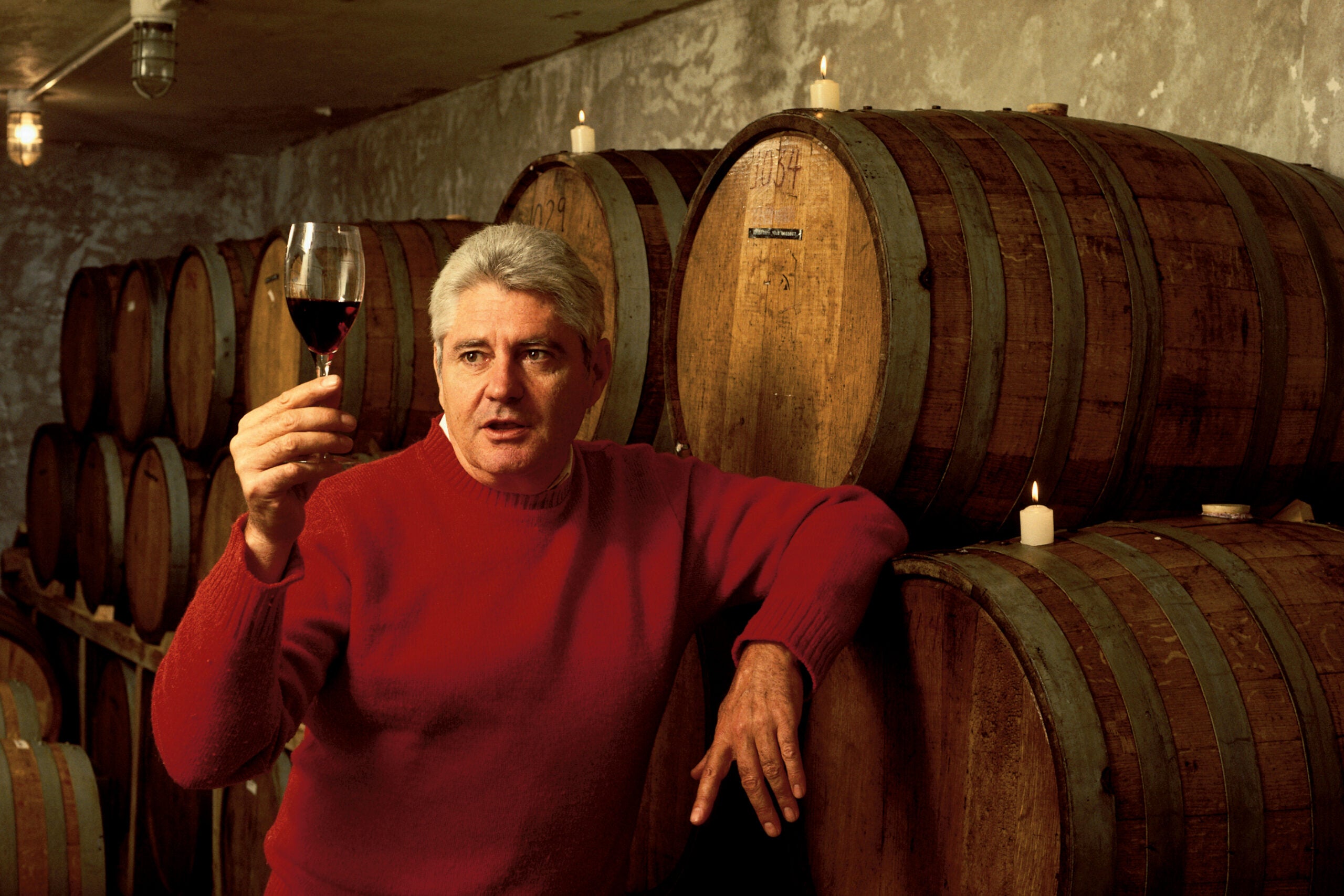
Philippe Jourdain, Biltmore’s first Winemaster
A New Drink, A New Day
Even before Biltmore Dairy was sold, George Vanderbilt’s grandson and Biltmore’s owner, William A.V. Cecil, was asking: “What’s more appropriate for a French château than vineyards and a winery?”
In the early 1970s, he planted the first vines on the property, just below Biltmore House, and bottled the inaugural vintage in the Conservatory basement.
Less than pleased with the product, Mr. Cecil traveled to France in search of expertise. He returned with Philippe Jourdain, Biltmore’s first Winemaster. Together, the pair moved the vineyards to their current location on the west side of the estate and established Biltmore Estate Wine Company.
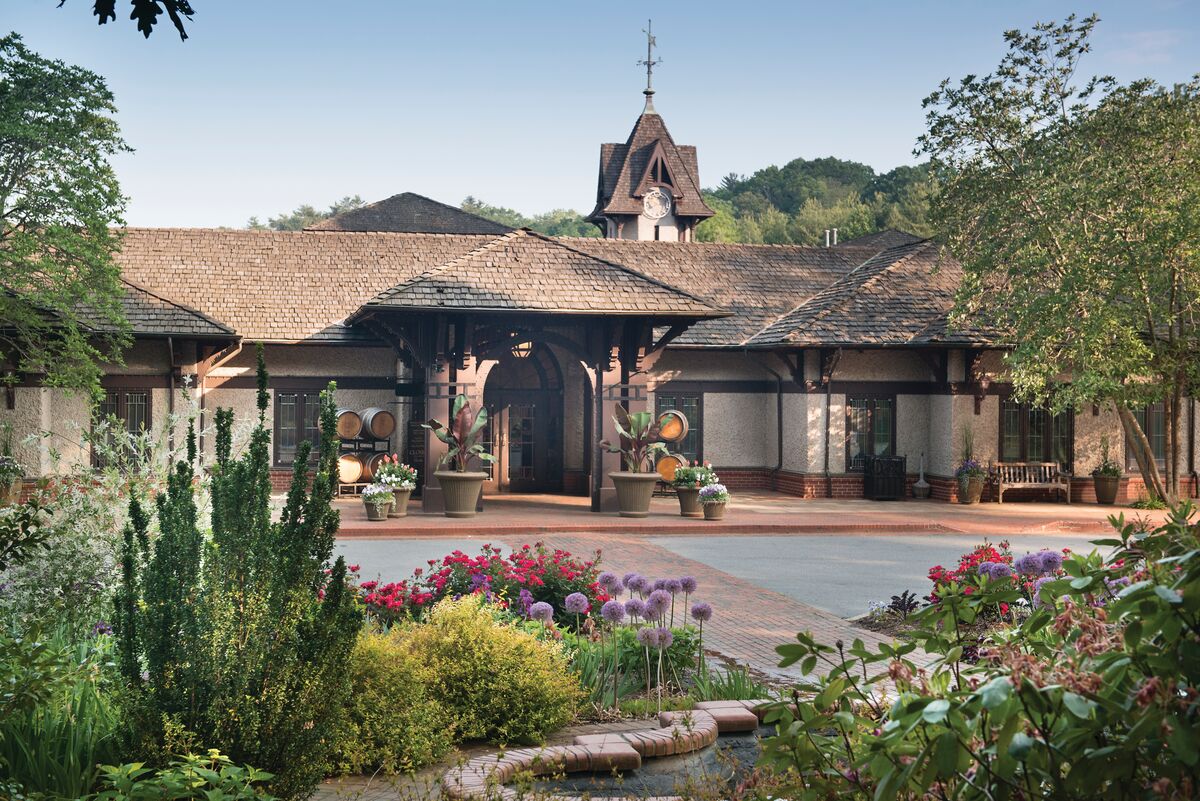
Biltmore’s Winery in Antler Hill Village
Opening Biltmore’s Winery
The conversion of the dairy barn into a state-of-the-art winery began in 1983. Mr. Cecil’s son and Biltmore’s current CEO, Bill Cecil, assumed the leadership role in overseeing the renovation.
In 1985, the Winery opened to the public in what Mr. Cecil called, “the most historic event since my grandfather had opened his estate to his family on Christmas Day ninety years earlier.”
Since the opening of the Winery in Antler Hill Village, we’ve celebrated the release of new Biltmore Wines, expanded our Tasting Room, opened a Wine Bar, and developed tours featuring the Winery’s production facility and wine tastings.
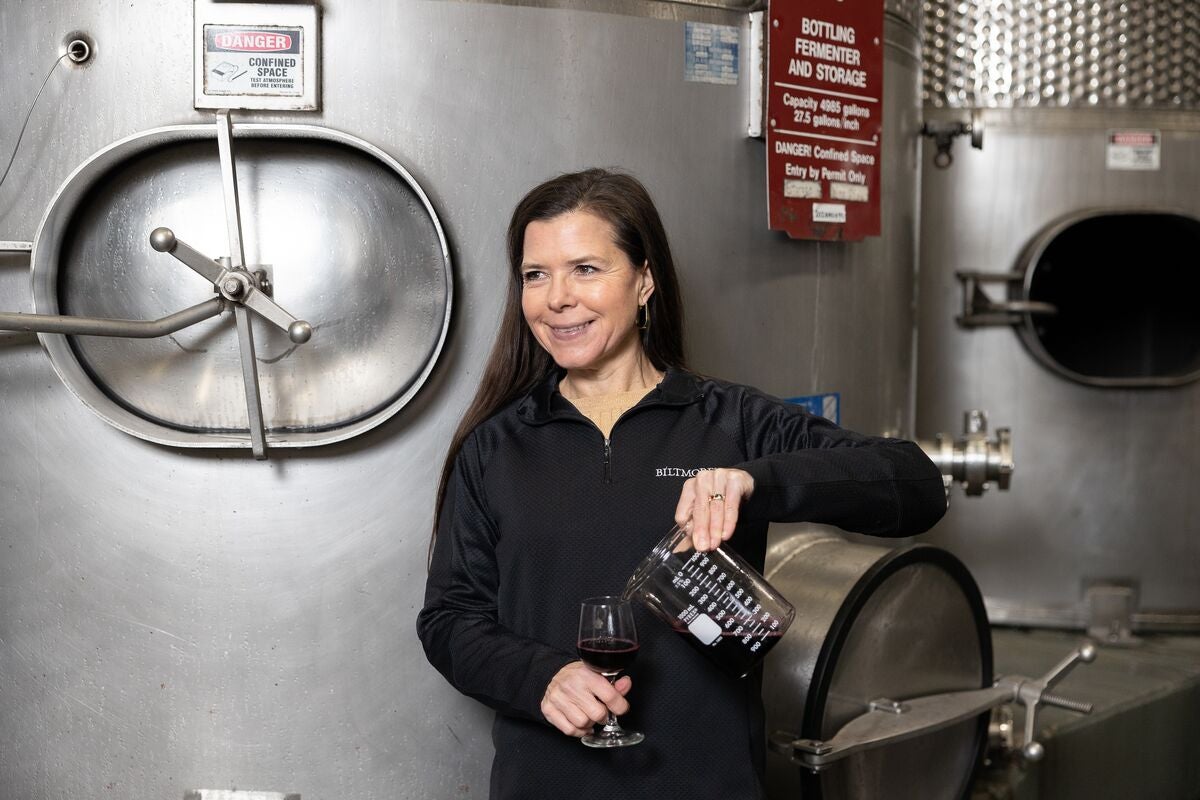
Biltmore’s Winemaker, Sharon Fenchak
The Evolution Continues
French native Bernard Delille joined Biltmore as an assistant winemaker in 1986—making this year his 30th anniversary with Biltmore Estate Wine Company. Bernard was promoted to Winemaster and Vice President of the Winery when Philippe retired in 1995.
Sharon Fenchak joined the team a few years later and now serves as Biltmore’s Winemaker. Her research in grape-growing technology and wine production methods in combination with Bernard’s traditional and artistic perspective proved to be a perfect combination for the Winery. Sales have continued to grow and retail distribution has since expanded.
Indeed, the evolution continues, while at the same time, throughout the dynamic history of the Winery, Biltmore’s winemaking philosophy holds: “To keep each wine true to varietal character, food-friendly, and consistent from vintage to vintage.”
We invite you to enjoy the fruits of our labors by visiting our estate winery during your next visit, shopping for our award-winning wines online, or finding a retailer near you that carries Biltmore Wines.


_a4_edited-1.jpg&fid=385&d=104083&)
 Renovation begins
Renovation begins
 Mission accomplished
Mission accomplished




 “
“ “We planted three different types of fingerling potatoes this spring,” Eli said. “Russian Bananas, which are a yellow-fleshed, banana-shaped potato, red-skinned Papa Chacos, and Magic Molly, which is a round, blue potato. They all came in well and I’m saving some of them for our special Taste of Biltmore events with Chef Vivian Howard of the PBS series A Chef’s Life.”
“We planted three different types of fingerling potatoes this spring,” Eli said. “Russian Bananas, which are a yellow-fleshed, banana-shaped potato, red-skinned Papa Chacos, and Magic Molly, which is a round, blue potato. They all came in well and I’m saving some of them for our special Taste of Biltmore events with Chef Vivian Howard of the PBS series A Chef’s Life.”








 To attract the numbers of guests needed to make the venture successful, Mr. Cecil had to become a one-man marketing department to promote Biltmore House and Gardens to the public. He was more than equal to the challenge, and in the summer of 1960, Biltmore welcomed its one-millionth visitor since tickets were first made available 30 years earlier. The growth was important for the success of Biltmore, because the dairy operation that had sustained the estate for many years was becoming less profitable in the face of new regulations and increased competition.
To attract the numbers of guests needed to make the venture successful, Mr. Cecil had to become a one-man marketing department to promote Biltmore House and Gardens to the public. He was more than equal to the challenge, and in the summer of 1960, Biltmore welcomed its one-millionth visitor since tickets were first made available 30 years earlier. The growth was important for the success of Biltmore, because the dairy operation that had sustained the estate for many years was becoming less profitable in the face of new regulations and increased competition..jpg&fid=385&d=103960&)
 “Blending varietals is a combination of art and science,” Sharon says, “and the final blend should ultimately be more delicious and complex than any of single varietals by themselves. That’s not to say that most varietals can’t stand on their own, but when you’re blending, you’re doing it to enhance the final product.”
“Blending varietals is a combination of art and science,” Sharon says, “and the final blend should ultimately be more delicious and complex than any of single varietals by themselves. That’s not to say that most varietals can’t stand on their own, but when you’re blending, you’re doing it to enhance the final product.”

